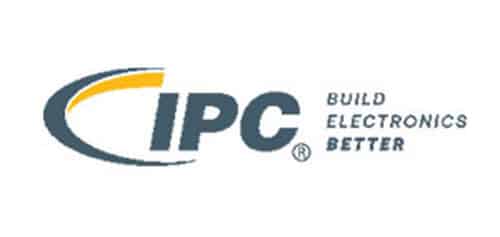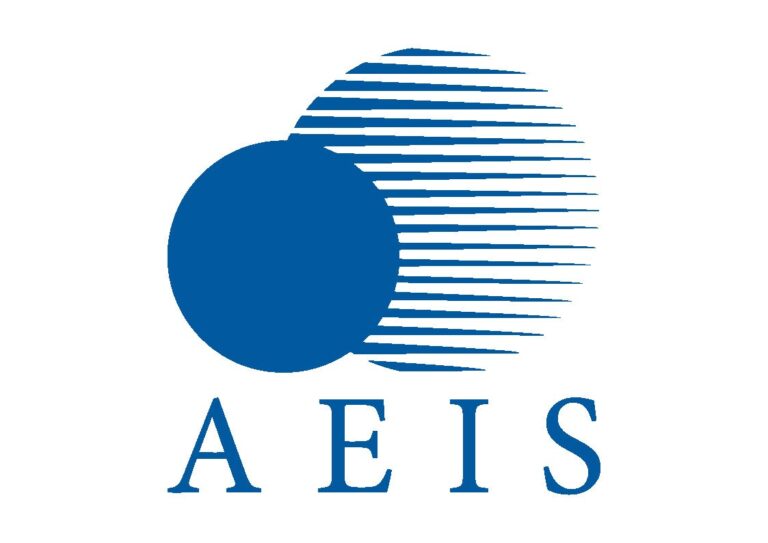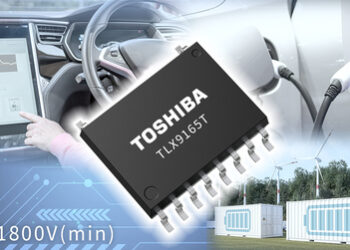By Hitesh Bhardwaj, General Manager, Mitsubishi Electric India
Technology has changed the dynamics across industries, and there is no doubt that this technological transformation is occurring at a rapid pace. Industry 4.0 has shifted the manufacturing and supply chain to another level. Industrialists are realising that it has become mandatory to upgrade their infrastructure to thrive in 2021.
The technology sector is supporting energy conservation as they understand the need to have a sustainable society. Keeping up with the same, many global leaders are stepping their foot forward to achieve sustainability goals. Mitsubishi Electric India also aims to achieve the same by enabling technology that can contribute towards lesser energy consumption.
The company is consistently working towards creating innovations that realises the need for sustainable development. Mitsubishi Electric deals in a wide range of products and solutions including Semiconductors & Devices that holds a prominent position in the technological market. Semiconductors have multiple roles to play from converting and transferring renewable energy to enabling responsive and efficient use of electricity.
Over the years, semiconductors have evolved and have improved their performance related to speed and functionality. They are widely used in Solar Power, Wind energy and HEV/EVs, which play a key role in reducing power consumption in them.
Inverter Technology Helps in Energy Saving
The technology sector has undoubtedly become the largest segment of the market and with its growth taking place every day, companies are now realising and developing ways to use electricity efficiently.
Nowadays, a lot of devices that run on electricity have built-in components called inverters (or converters) that convert the direct current and alternating current thereby saving the loss of energy in the whole process.
For instance, an air conditioner with inverter technology will run continuously but will draw only that much power that is required to keep the temperature stable at the desired level, thereby drawing much lesser power and consuming lesser units of electricity.
Role of Power Semiconductors
Mostly used in power conversion such as in changing voltages and frequencies, as well as changing DC to AC and AC to DC, these semiconductors are the veins of electrical appliances. They are also used in a variety of digital consumer products including mobile phones, digital cameras, television, washing machines, refrigerators, and LED Bulbs.
Some of the applications of power conductors are as follows:
Household Electric Appliances: In order to maintain household electric appliances to work efficiently, there is a need to control and adjust the motor speed flexibly to reduce unnecessary movement. Semiconductors contribute to energy saving by reducing power consumption.
Traction: Semiconductors play a vital role in supporting the traction motor related to electric current passage and rotation of the motor. The electricity received from the wire is converted to an appropriate size and the motor is rotated. The speed can be changed by adjusting the amount of electricity and the amount of electricity flow and controlling the rotation of the motor. In addition, electricity that is large enough to move the train cannot be directly applied to the air conditioning equipment or lighting in the car, so it can be adjusted to an appropriate voltage using semiconductors.
Industrial Automation Products: The electric current required for the automation products to run efficiently is given by semiconductors and hence it is a significant part of industrial automation. The power supplied to the products such as robots, servo systems, etc. is converted to appropriate voltage required by the machines.
Electric/Hybrid Vehicles: Semiconductors are responsible for the connectivity and rechargeable batteries within electric vehicles. The IGBT module consists of a high voltage, high-current switch connected directly to the traction motor in a hybrid-electric/electric vehicle. In order to turn the motor, it takes direct current energy from the car’s battery and converts the alternating current control signals via inverter. With increase in IGBT efficiency, there is low power lost in terms of wasted heat, thereby, providing better mileage.
Power Generation (Wind & Solar): The process of converting solar energy to electric energy is done through photovoltaic effect (PV), where it helps in converting the sun’s energy through PV cells which are made up of silicon-semiconductors. So, when the light falls on PV cells it absorbs and transfers that energy to the electrons in semiconductors material which then flows as electric current and generates power. Power semiconductors are the main component to produce energy from renewable sources. In wind turbines, power semiconductors are used to convert power and to couple the generator with the grid.
Semiconductor manufacturing is a key process in many industrialized nations and contributes substantially, both directly and indirectly (via business services) to the global economy.
Semiconductors are the backbone of electrical technology and building it the right way will undoubtedly make its adoption higher in India.









